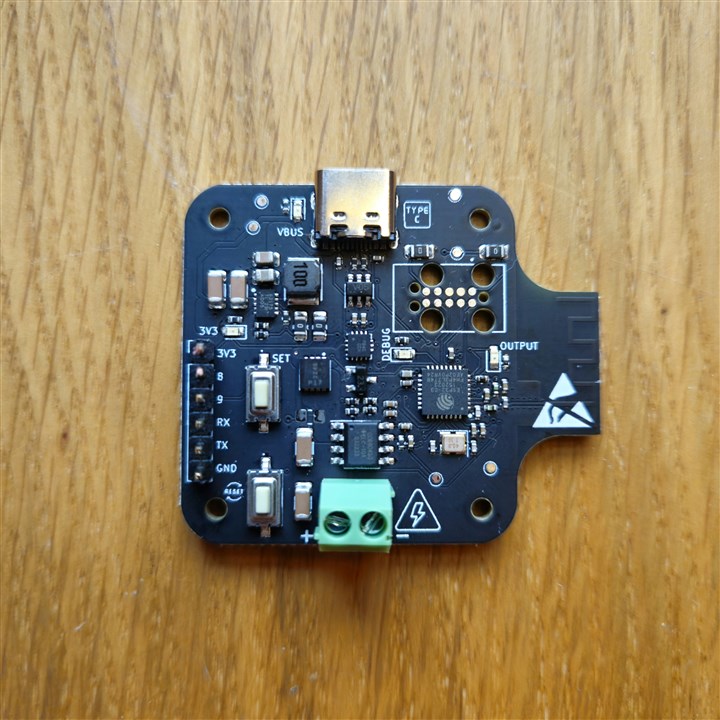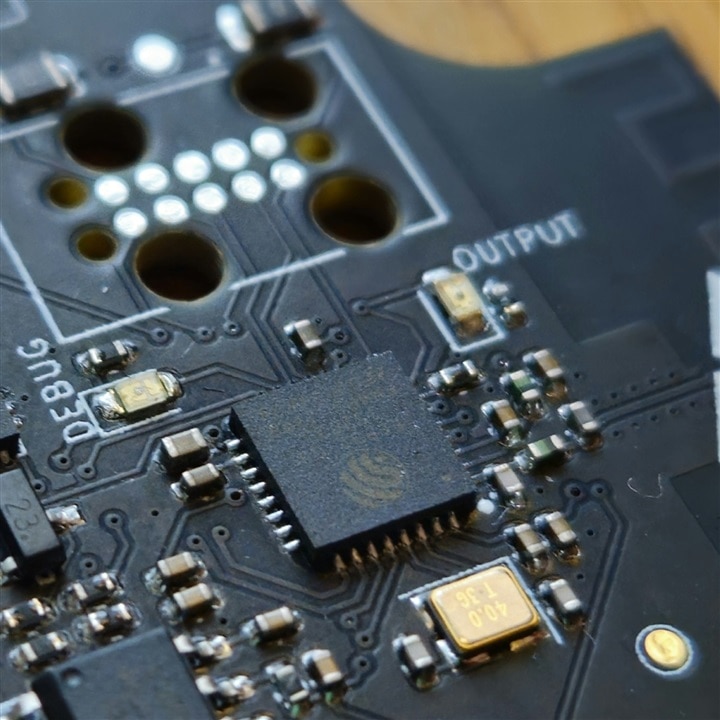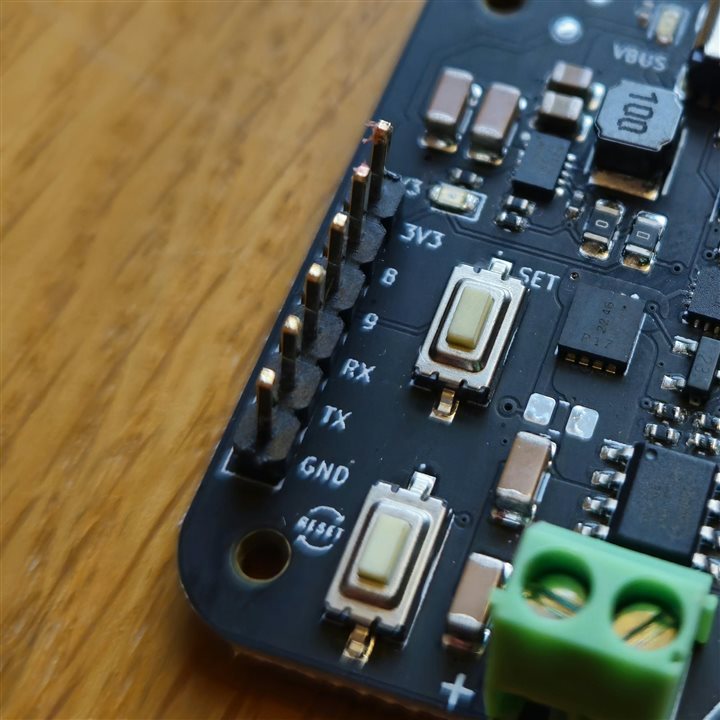Hey element14 community,
I'm here to introduce an exciting project that I've been working on: the Spark Analyzer. This isn't just another power supply unit; it's an IoT-enabled device that's hopefuly going to change how we interact with USB-C power sources. It's also on CrowdSupply  https://www.crowdsupply.com/elektrothing/spark-analyzer
https://www.crowdsupply.com/elektrothing/spark-analyzer
What's the Spark Analyzer All About?
The Spark Analyzer is an ESP32-powered, Internet of Things (IoT) enabled USB Type-C adjustable power supply unit (PSU). This compact, versatile device allows you to power and monitor USB-C devices with ease, making it simple yet useful tool for developers, makers, and electronics hobbyists. You can check out my Instagram for more posts related to the testing - e.g. the App control, driving a 100W load, etc. https://www.instagram.com/elektrothing/
Key Features:
IoT Connectivity: With its IoT capabilities, the Spark Analyzer can be controlled remotely, offering you unparalleled convenience in managing your power needs.
Adjustable Power Supply: It enables precise control over voltage and setting current limits, ensuring that your USB-C devices receive the exact power they require.
Ease of Use: Designed with simplicity in mind, the Spark Analyzer is perfect for both beginners and seasoned professionals. With App support for iOS and Android as well as full support with the ESP SDK and Arduino.
Excited to hear your thoughts and get any feedback.




